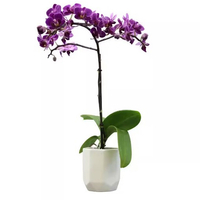5 romantic houseplants to gift on Valentine’s Day — they’ll last longer than flowers
The gift that keeps on giving
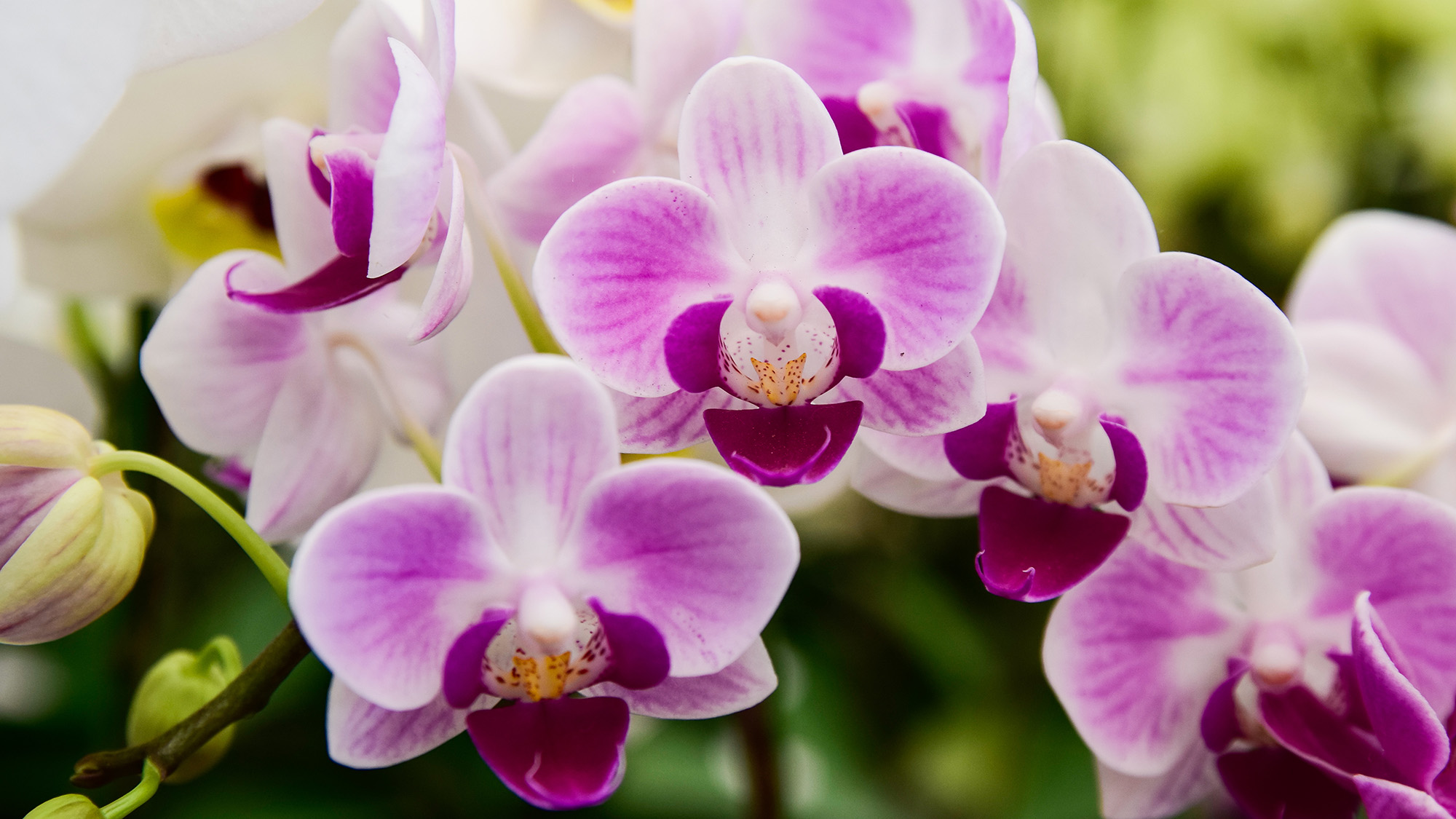
Houseplants are all the rage, and most of us can count at least a couple of the evergreen, leafy lovelies in our homes. What’s not to love about a healthy plant that brings the outside in and brightens up any room in your home?
With Valentine’s Day approaching, why not ditch the usual bouquet of flowers or chocolates for a gift that keeps on giving throughout the year? There are plenty of houseplants that will suit even the most inexperienced grower. So whether your Valentine’s sweetheart has green fingers or not, there’s a houseplant that’s perfect for them.
Here, Amy Enfield, ph.D, senior horticulturist at ScottsMiracle-Gro, shares her top 5 houseplants to gift this Valentine’s Day.
1. Heart-shaped Hoya
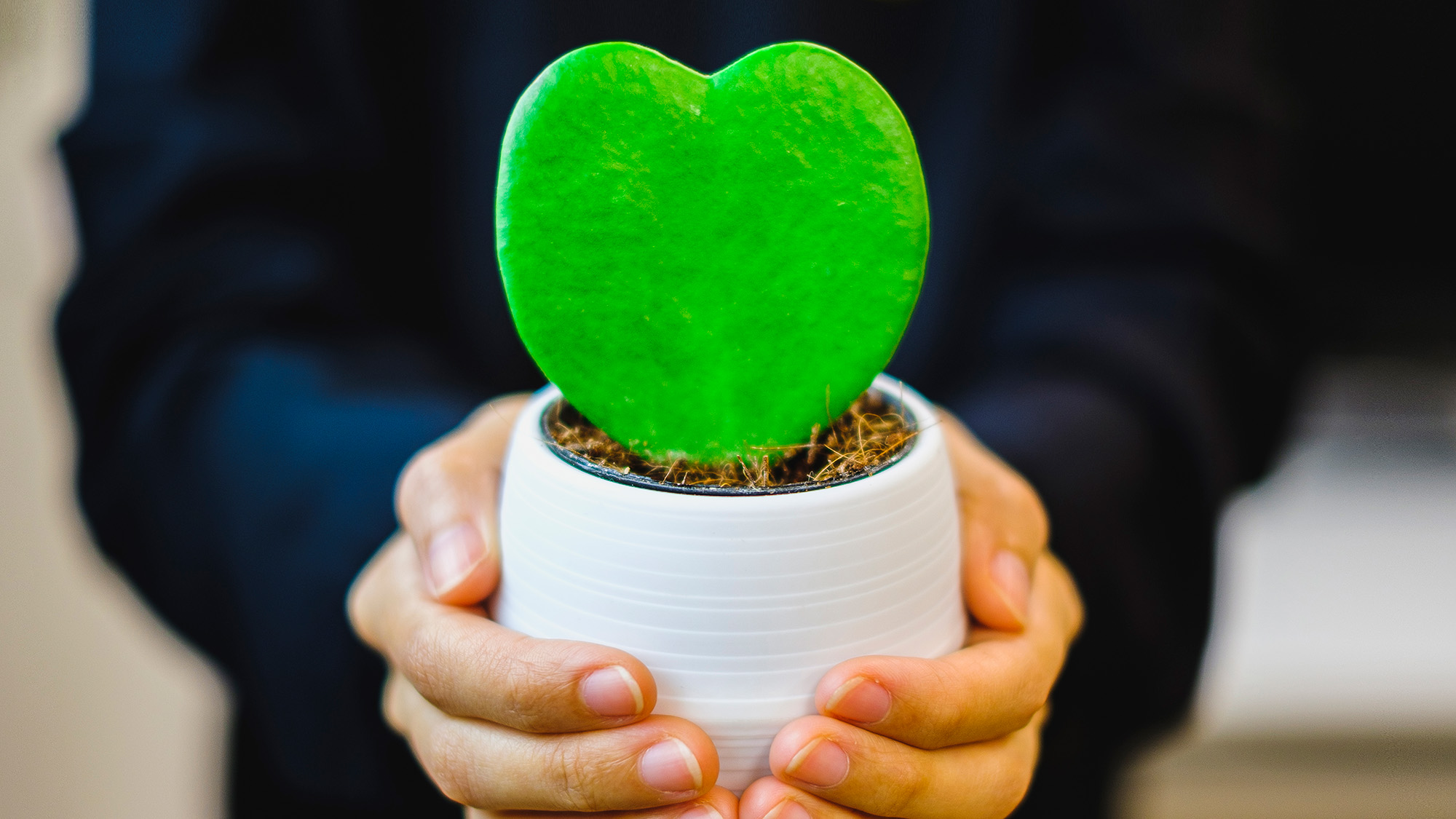
When you see the heart-shaped leaves of the Hoya kerrii, you’ll soon realize why it’s one of the top plants to give on Valentine’s Day. Unsurprisingly, it’s also known as the hoya heart, sweetheart hoya, and even Valentine hoya.
Enfield says, “This succulent-like plant is extremely low maintenance, making it a great gift for loved ones who are new to indoor gardening.”
When it comes to taking care of this hoya, Enfield says it prefers medium to bright indirect light and will be best suited for a north- or west-facing window. Leaving it on a south-facing windowsill will be too harsh and cause the leaves to burn. And an indoor temperature between 65°F-80°F will be perfect.
It’s not particularly thirsty and should be watered every couple of weeks, with Enfield suggesting checking that the soil is almost completely dry before drinking it. And because they are similar to succulents, she recommends using potting soil with excellent drainage, such as Miracle-Gro Cactus, Palm & Citrus Potting Mix, $11.80 at Amazon.
Sign up to get the BEST of Tom's Guide direct to your inbox.
Get instant access to breaking news, the hottest reviews, great deals and helpful tips.
Although the hoya will do okay with normal indoor humidity levels, Enfield says it will thrive with a little extra moisture. “Try adding a humidifier or placing the plant on a shallow tray of pebbles filled with water,” she says.
2. Moth Orchids
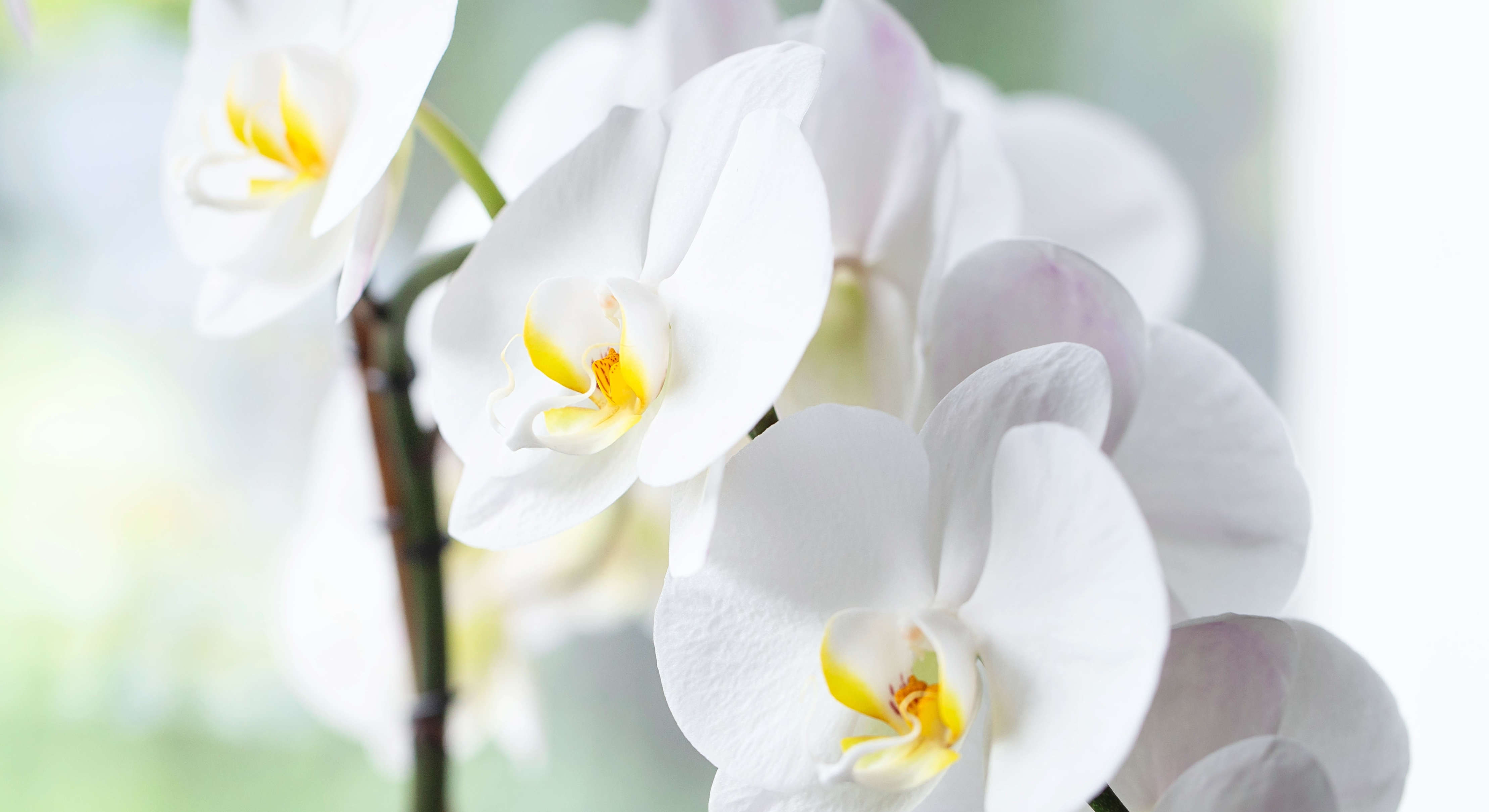
You can’t go far wrong with an orchid, no matter what the occasion. They are elegant houseplants with beautiful, long-lasting blooms, which Enfield says you can go on enjoying for up to 6 months — far longer than a boutique.
Enfield says moth orchids need bright, indirect light to prolong the blooms. “An east-facing window is ideal, but a south- or west-facing window will also do the trick, if a sheer curtain is added to help diffuse the strong sunlight.”
Moth orchids prefer a shorter range of temperature than the other houseplants listed here, with a range between 70°F-85 °F, but Enfield says they will still do fine in temperatures between 60°F-70°F. If you want your orchid to rebloom, she says it will need several nights of temperatures around 55°F.
Orchids aren’t shy of water and should be soaked once a week. “Place your plant in a sink or tub and allow tepid, not cold, water to run over it for several minutes giving the roots time to absorb the water,” says Enfield, although she warns, “Make sure you allow all excess water to drain away after watering — don’t let your orchid sit in water.”
Moth orchids are different from most house plants and are epiphytes. Enfield explains that they grow on trees, rather than soil and therefore need a special orchid mix, which provides plenty of aeration and quick drainage.
And while most orchids prefer moderately high humidity, she says they will adapt to less humid conditions. “To help them thrive indoors, boost the humidity around your orchid by adding a humidifier or setting your plant on a shallow tray filled with pebbles and water,” she suggests.
Altmann Plants has a beautiful Phalaenopsis orchid in a white ceramic pot. It is a low maintenance houseplant that will add fragrance to your home and is an ideal Valentine's Day gift. All plants are delivery only.
3. Heartleaf Philodendron
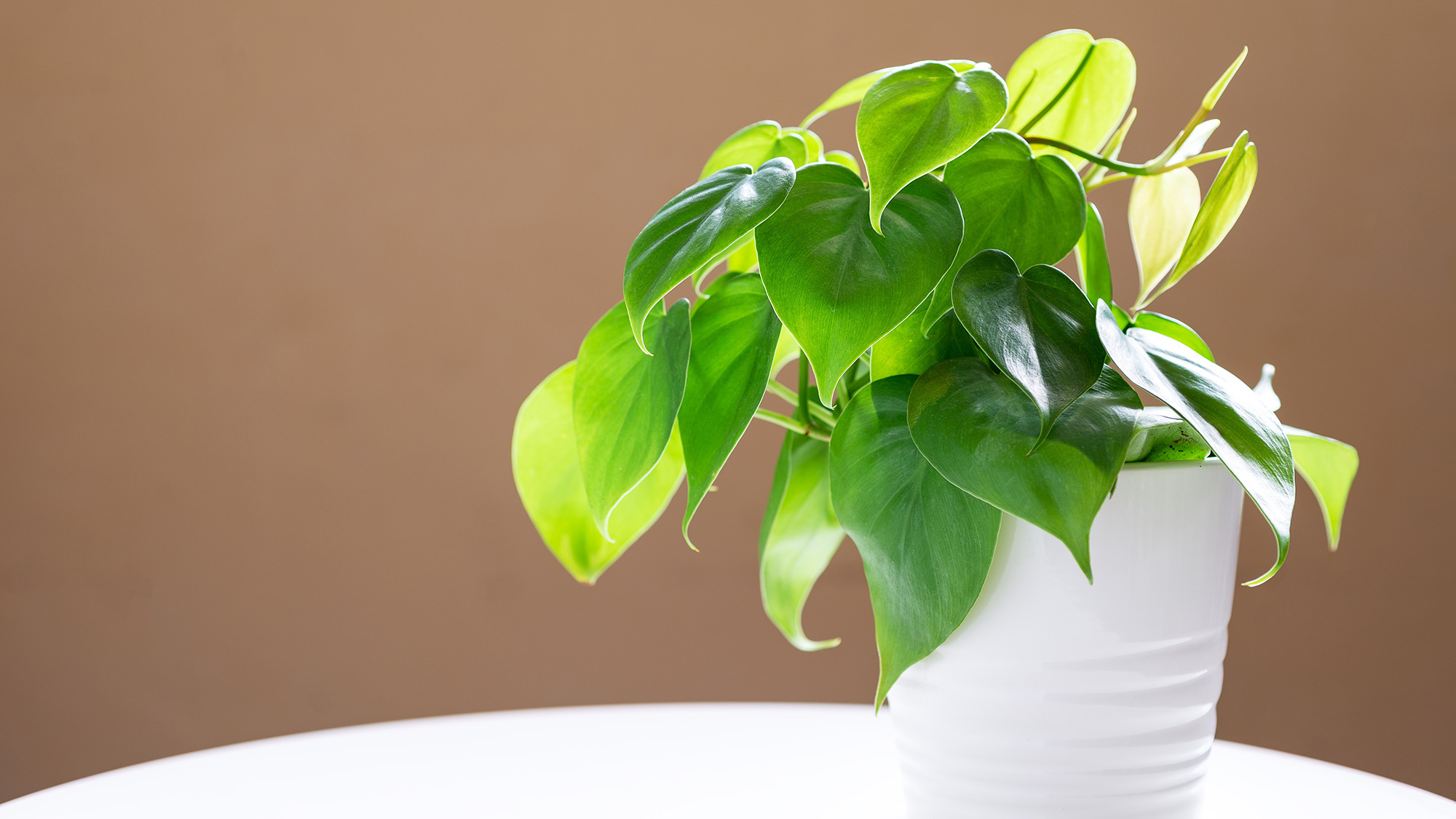
Just like the hoya above, the Heartleaf Philodendron has a romantic theme with heart-shaped leaves, and it’s another low-maintenance plant, so it is a good gift for a houseplant newbie.
Enfield says there are a few options, including the olive green ‘Micans,’ chartreuse ‘Lemon Lime,’ and variegated ‘Brasil.’ I’d be happy to receive all three, although I particularly like the mixed tones of the ‘Brasil’.
This houseplant will tolerate a range of light conditions, which makes caring for it easier. Enfield says, “They grow best in bright, indirect light,” but says, “Avoid direct sunlight, which can burn their leaves.” And again, as above, it will thrive within an indoor heat of between 65°F-80°F, but keep it away from cold drafts.
The heartland philodendron should be kept moist and watered whenever the top inch of the soil is dry to the touch, although Enfield warns, “Be careful not to overwater, waterlogged soil leads to root rot.”
A well-drained, lightweight potting mix is best, and it can be given an extra dose of goodness with a regular tropical plant feed.
4. Peace lily
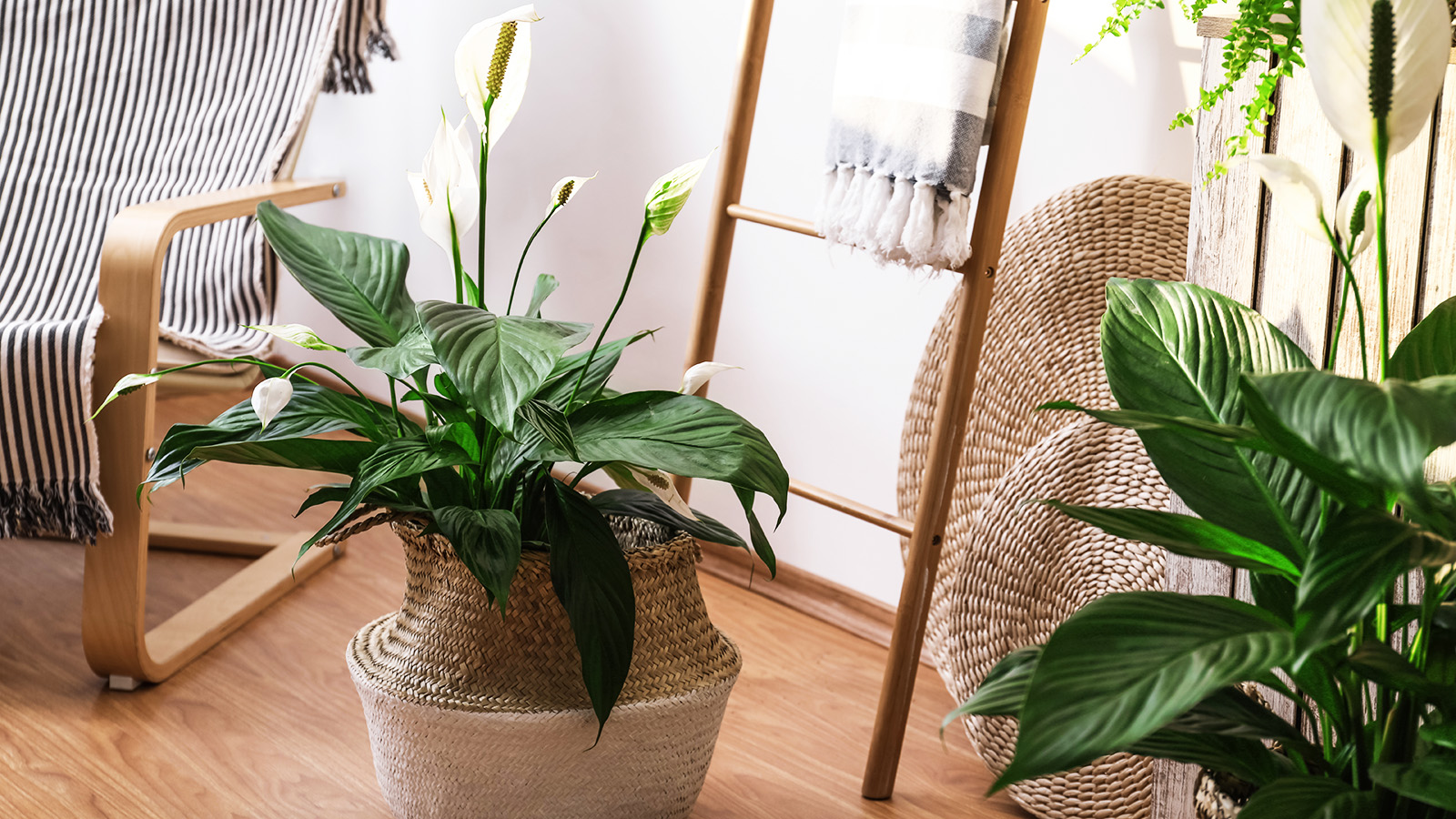
The peace lily is an exceptionally popular houseplant we regularly feature in Tom’s Guide. It’s one of the plants that can reduce indoor air pollution, and you can rely on it as one of the best houseplants for beautiful blooms, which Enfield describes as “pure-white flowers that rise above dark green foliage.”
Enfield recommends placing your peace lily in a low to medium light and says it will bloom more if kept in a bright, indirect light, whereas direct sunlight can damage its leaves. It will also do well with a temperature between 65°F-85°F, but keep it away from drafts and avoid the temperature dropping below 60°F.
The peace lily enjoys a drink but shouldn’t be soggy. “A good rule of thumb is to water whenever the top inch of soil is dry, usually about once or twice a week,” says Enfield.
For this reason, it will also do well in a potting mix that is well-drained but still holds its moisture, like Miracle-Gro® Indoor Potting Mix, $5.97 at Walmart.
The Peace lily favors a humid environment, which is why it works as a natural dehumidifier. “The humidity levels in our homes during the spring and summer are usually sufficient for peace lilies,” says Enfield, “but when the humidity drops in winter their leaf tips can start to turn brown. You can increase the humidity by adding a humidifier or placing the plant on a shallow tray filled with pebbles and water.”
Top tip
Occasionally clean off the leaves with a damp, soft cloth — a micro-fiber cloth will do the job nicely. Enfield says, “Cleaning the leaves is important because dust build-up limits their ability to absorb sunlight.”
5. Arrowhead plant
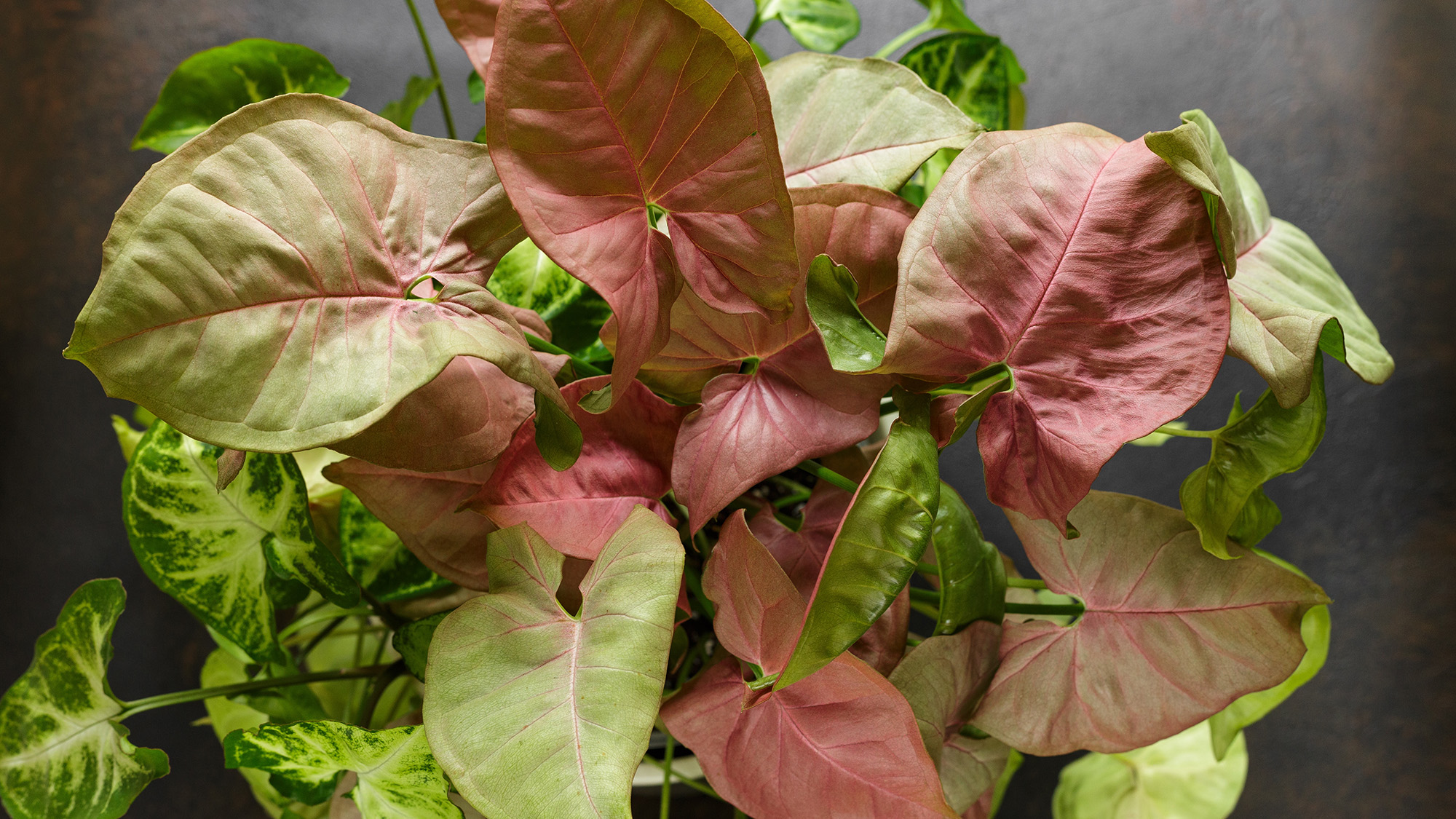
With leaves that resemble the hearts or the tip of Cupid’s bow, Enfield recommends the arrowhead plant (Syngonium podophyllum) to gift on Valentine’s Day.
“There are many different pink and red varieties of Syngonium available — some with unique leaf shapes — including Pink Splash, Neon Robusta, Red Spot Tricolor, Red Arrow, Milk Confetti, Pink Spot, and Pink Allusion,” she says.
Arrowhead plants will do best in bright, indirect sunlight, while direct sunlight can cause leaf burn. However, Enfield advises that plants with colored leaves can tolerate a little direct sunlight. A good temperature range is between 60°F-85°F, avoiding drafts and sudden temperature changes when you can.
When it comes to watering arrowhead plants, they are a bit fussy, and as Enfield explains, “Arrowhead plants like their soil kept not too wet and not too dry — they need it just right.”
They won’t tolerate soggy soil. “The soil should be allowed to dry down between waterings — allowing the top 1-2 inches of soil to become dry to the touch, ” says Enfield.
For this reason, Enfield suggests planting them in well-draining soil, with additional lava rocks to help with drainage further. They also enjoy humidity, with Enfield suggesting that they will do well if placed in a shallow tray with pebbles and water.
More from Tom's Guide

Camilla Sharman has worked in publishing and marketing for over 30 years and has covered a wide range of sectors within the business and consumer industries both as a feature, content, and freelance writer.
As a business journalist, Camilla has researched articles for many different sectors from the jewellery industry to finance and tech, charities, and the arts. Whatever she’s covered, she enjoys delving deep and learning the ins and out of different topics, then conveying her research within engaging content that informs the reader. In her spare time, when she’s not in her kitchen experimenting with a new recipe, you’ll find her keeping fit at the gym. In the pool, stretching at a yoga class, or on a spin bike, exercise is her escape time. She also loves the great outdoors and if she’s not pottering about in her garden, she’ll be jumping on her bike for a gentle cycle ride.
You must confirm your public display name before commenting
Please logout and then login again, you will then be prompted to enter your display name.
